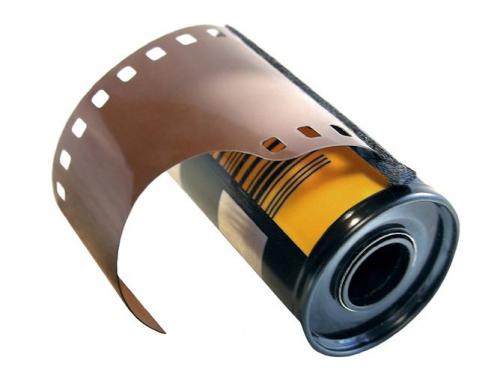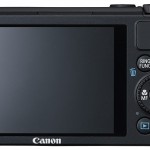How to Choose Film for Your Camera

The most important thing when you want to take a photo is the film. It is more valuable in contrast with the type of camera and lens you are using. There are three types of films and none of these are perfect. The types are colour negative film, E-6 slide films and traditional black and white films. You can take great pictures and results from any of these three types but you are required to use it appropriately. However, you need to pick the one which is suitable according to your desires.
Instructions
-
1
Difference between all three types
Most people know about the colour negative film only. However the other two types are equally important and useful as well. Colour negative film also known as print film is easily available from everywhere. You can see orange-tinted image on the negative and after undergoing through a process known as C-41, you can develop the negative.
Slide film also known as the reversal film leads to a positive image or a photograph. The process which develops this film is known as the E-6 process.
The third type of film is most commonly negative films. However, it is black and white and uses a different but simple process. -
2
Processing options
Colour negative films can be developed from anywhere in your town. In case you are living in a far area alone, this is the best option as you can develop it easily from a nearby shop. You can even develop it by yourself but it is strongly discouraged. The other two types on the other hand can be processed from professional labs only. These labs are easily available in large cities. For black and white films, you can even develop it in your home without creating much mess. -
3
Film speed
You need to look at the film speed. The higher the number, the more sensitive is the film. Remember that faster films will let you capture the moments in very dim light but will cause more grain in your pictures. A digital SLR camera is the best option to capture these types of pictures.
On the other hand slower films are much clearer. However, they require longer shutter speeds. This is good when shooting outdoors and in daylight but it is not recommended when shooting a moving object in night.







